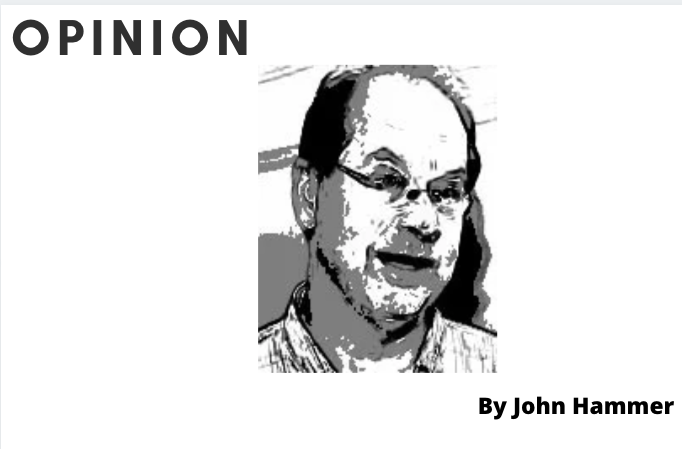The Greensboro City Council is holding a work session on the redistricting process on Monday, Aug. 2.
It’s too early to get into actual redistricting because the numbers from the US Census Bureau have not been released. Until the City Council gets the data there isn’t much that can be done to actually redraw districts.
However, the City Council should take the opportunity to start from scratch and see if the districts can’t be designed for better representation.
Because of Greensboro’s slow growth, which is projected to be less than a 10 percent increase in population since the 2010 Census, the city most likely won’t be required to redistrict. However, the City Council will almost certainly decide to redistrict to make all five council districts more equal in population. This will involve moving a few precincts around, but the vast majority of the voters will remain in whatever district they are in now. The district councilmembers were all elected in 2017 from the districts as they are currently configured, so there is a vested interest by district councilmembers to keep the districts as similar as possible to the ones where they won.
One avenue to take to design districts for better representation would be to create as many districts as possible that reflect the diversity of Greensboro.
In the spirit of unity, it would make more sense to have each councilmember represent as racially diverse a constituency as possible.
Currently, most black voters are in the two minority-majority districts. Under a complete redesign the two minority-majority districts would continue to be minority majority, but they would have a lower percentage of black voters and a higher percentage of white voters.
Greensboro is a minority-majority city, but having most of the minority voters in two council districts, according to some political analysts, dilutes the power of black voters.
Depending on what the demographic percentages turn out to be with the current districts, Greensboro could be accused of what it called “packing.” In North Carolina v. Covington, the US Supreme Court found that the Republican legislature had illegally packed minority voters into minority-majority districts to dilute their voting power.
If Greensboro continued to have two minority-majority districts but with a lower percentage of minority voters, that would allow several other districts to have a significant percentage of minority voters, and according to the recent court decisions would give minority voters more clout.
For the City Council to accomplish this would require going back to the drawing board. The basic pattern of the current districts and the thought process behind drawing districts would have to be altered.
The city currently has three at-large councilmembers who represent the entire city, plus the mayor who also represents the entire city, but more so than in the past district councilmembers appear to be concerned primarily about their districts rather than what would benefit the entire city. If district councilmembers represented more racially diverse districts, only being concerned about their districts would require them to be concerned about a more diverse population and it’s difficult to see how that would not result in better government.


Eliminate district councilmembers and make ALL of them at-large.
Applause Applause!
Race is calling all the shots.Looks like we haven’t made that much progress after all.If the voting is along racial lines,why have precincts at all?
This town has been circling the drain with increasing crime and weak economic performance as a direct result of these voting districts.
In 1983, when the “Modified Ward” system of 9 members replaced the 7 At-Large members this town stopped all growth and progress.
It’s been good for Councilwoman for Life Johnson and her assorted pals and “non-profits”, but consider that in ‘83 we were ranked neck and neck with Raleigh. Today, Raleigh is #2 Rank in the US and Greensboro is #94; Ward Politics did this.
It’s all about drawing the lines, and ensuring the dims get the most votes.
Selective moderating again I see.
Don’t be confused, folks, this is John trying to logic you through gerrymandering where he is literally describing how to make it easier for his White friends to elect more people they approve of. John is a White strategist first, journalist second. This is how his power hungry friends are going to try to gerrymander NC again.
I get John’s logic. I can’t find any in your post. Please elaborate.
Juan with a name like that I’m just wondering if you came to our country legally
“The city currently has three at-large councilmembers who represent the entire city, plus the mayor who also represents the entire city,”
It’s more as though Nanny Nancy MISrepresents the entire city. If she actually DOES represent the city as a whole, we are in far worse trouble than we thought.
Glad I moved out of that City.